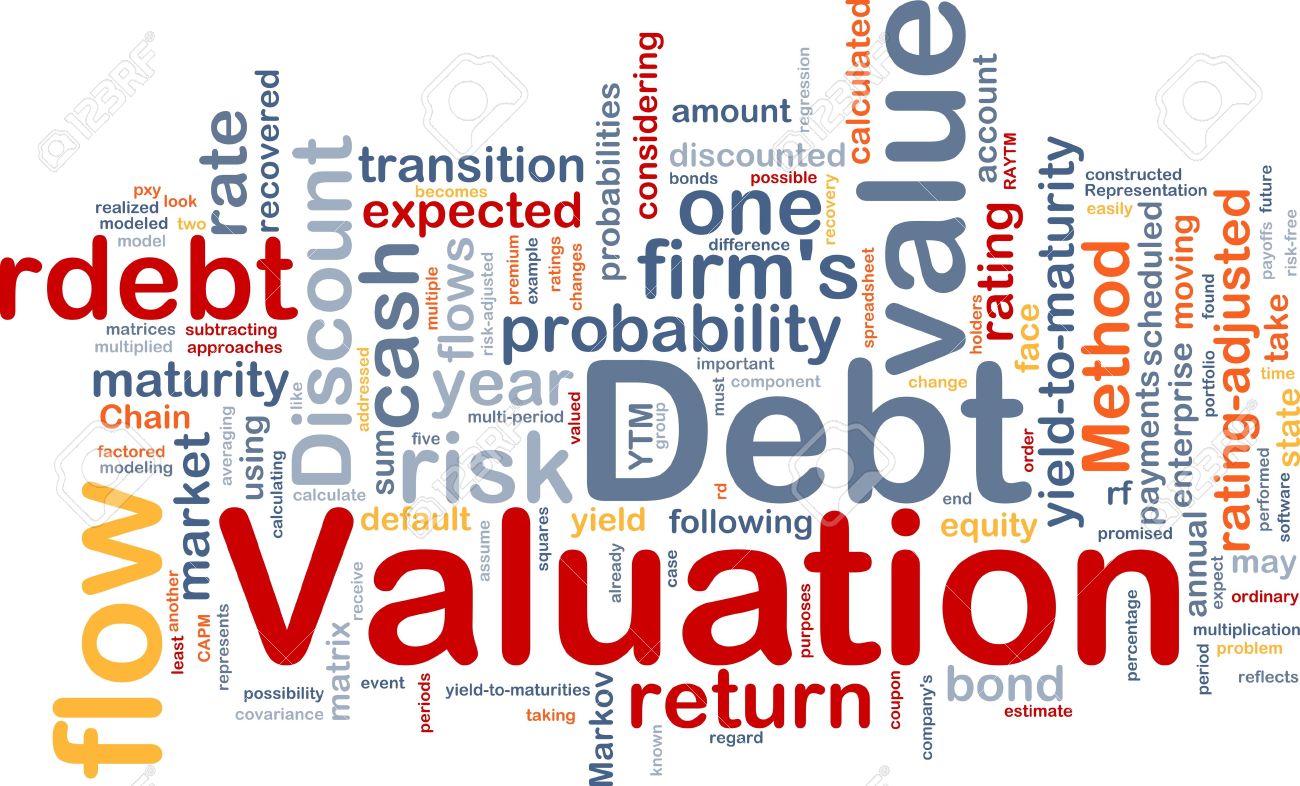
Here’s a great article published at Forbes recently regarding one of our favorite value investors, Joel Greenblatt. The article is written by Jack Schwager, author of the Market Wizards series, in which he recounts his interview with Joel Greenblatt for one of his books. Schwager recalls some of the insightful parts of the interview included Greenblatt’s successful investing strategy and his three golden rules of value investing.
Here is an excerpt from the Forbes article:
Is “value investing” correct? originally appeared on Quora: the place to gain and share knowledge, empowering people to learn from others and better understand the world.
Continue Reading →

The first part of this post appears here.
Graham Number, an Introduction:
There are different ways of checking if a stock is undervalued at its current price, one of them and largely used is graham number. Graham Number is derived through a mathematical calculation to figure out the discount for any stock. Though it doesn’t work much for new age industries, branded plays, however consider this as a must check before investing into any stock. Sometimes this helps to build conviction too.
What is the ‘Graham Number’?
The Graham number is a figure that measures a stock’s fundamental value by taking into account the company’s earnings per share and book value per share. The Graham number is the upper bound of the price range that a defensive investor should pay for the stock. According to the theory, any stock price below the Graham number is considered undervalued, and thus worth investing in. The formula is as follows:

Breaking Down ‘Graham Number’
The Graham number is named after the “father of value investing,” Benjamin Graham. It is used as a general test when trying to identify stocks that are currently selling for a good price. The 22.5 is included in the number to account for Graham’s belief that the price to earnings ratio should not be over 15 and the price to book ratio should not be over 1.5 (15 x 1.5 = 22.5). It does leave out many fundamental characteristics which make up a good investment, and is not effective for the majority of medium- to large-cap stocks.
For example, if the earning per share is $1.50, book value per share is $10, the Graham number would be 18.37. If the stock price is $16, you should buy the stock as it is seen to be undervalued.
Why Graham Created This Valuation Formula
It’s no secret that Graham was a cheap stock investor who bought baskets of stocks instead of concentrating.
His approach was much mechanical.
His first criterion was cheapness and that was usually enough. But after going through countless stocks, here’s what he says.
Our study of the various methods has led us to suggest a foreshortened and quite simple formula for the valuation of growth stocks, which is intended to produce figures fairly close to those resulting from the more refined mathematical calculations. – The Intelligent Investor
In 3 short bullets, he used the formula himself for;
- Shorthand
- Simplicity
- Estimate of intrinsic value
It’s definitely not the golden rule and it’s not something he went with blindly, but it’s a good approximation and a good starting point to use in your investigation.
After all, Buffett says that
It is better to be approximately right, than precisely wrong.
The original post appears on ride2rich.com by Mastermind and is available here.
In a 2000 article published in Money, Jason Jweig profiled a remarkable investor and friend of Warren Buffett named Joseph Rosenfeld who oversaw the investment committee for Grinnel College, a small school in Iowa.
“Joe,” says Buffett, “is a triumph of rationality over convention.” By ignoring the conventional wisdom about investing, Rosenfield has made money grow faster and longer than almost anyone else alive. Since 1968, he’s turned $11 million into more than $1 billion. He has heaped up those gains not with hundreds of rapid-fire trades but by buying and holding–often for decades. In 30 years, he’s made fewer than a half-dozen major investments and has sold even more rarely. [emphasis added] “If you like a stock,” says Rosenfield, “you’ve got to be prepared to hold it and do nothing.”
Here are the lessons from Joe Rosenfeld as summarized by Jason Jweig.
Do a few things well. Rosenfield built a billion-dollar portfolio not by putting a little bit of money into everything that looked good but by putting lots of money into a few things that looked great. Likewise, if you find a few investments you understand truly well, buy them by the bucketful. However, I think Rosenfield is a rare exception. Without his kind superior knowledge, skill and connections, most of us mere mortals need to diversify broadly across cash, bonds, and U.S. and foreign stocks.
Sit still. If you find investments that you clearly understand, hold on. Since it was their long-term potential that made you buy them in the first place, you should never let a short-term disappointment spook you into selling. Patience–measured not just in years but in decades–is an investor’s single most powerful weapon. Witness Rosenfield’s fortitude: In 1990, right after he bought Freddie Mac, the stock dropped 27%-. Rosenfield never panicked. Instead, he just waited. “Joe invests without emotion,” says Buffett, “and with analysis.
Invest for a reason. Rosenfield is a living reminder that wealth is a means to an end, not an end in itself. His only child died in 1962, and his wife died in 1977. He has given much of his life and all of his fortune to Grinnell College. “I just wanted to do some good with the money,” he says. That’s a lesson for all of us. Instead of blindly striving to make our money grow–or measuring our worth by our possessions–each of us should pause and ask: What good is my money if I never do some good with it? Is there a way to make my wealth live on and do honor to my name?
The original article is authored by Greg Speicher and appears on the blog here.
The original post is by Mastermind, Megabaggers and appears here.

I find it ironic that more research is being done today than at any point in time in the past, yet a lot of value investors are failing to beat the market.
Ironically, the mountain of articles on popular investing websites just aren’t helping. Part of the problem might be due to the “more brains” problem Graham cited years ago. Since everybody on Dalal Street is so smart, all those brains ultimately cancel each other out.
This glut of brain power, investment research, and investors clamouring for bargains does not mean that you can’t beat the market. But, knowing how to pick value stocks is a key requirement, along with having a good strategy and being prepared to do things that most other investors aren’t.
Continue Reading →
The original article appears here on the website of Forbes India.
The quality of the people running the show can make or break an investment decision, says master investor Nemish Shah
Nemish Shah is a reclusive man. He has not met the media for over 15 years. Even after Axis Bank took over his firm Enam Securities in 2010, he was neither seen at press conferences nor were his pictures bandied about in the media. So when he agreed to talk to Forbes India about his investment philosophy, we were excited. We met him at his sprawling office in downtown Mumbai’s Express Towers with stunning vistas of the Arabian Sea. The office is simple with light brown furniture and plenty of open space. There is no receptionist. It is quiet but it does not have the coldness of a private equity firm.
Shah, 59, co-founder and director of Enam Holdings, comes out and smiles warmly. He ushers us into his room at the appointed time of 12.15 pm. Tall and fit, the master investor, walks in a brisk manner. And we quickly get down to business.
Continue Reading →









